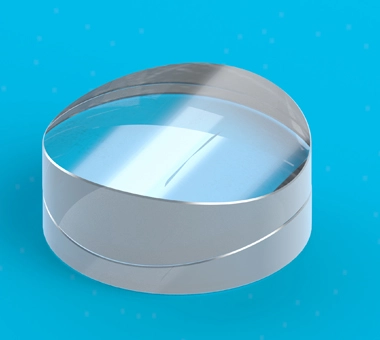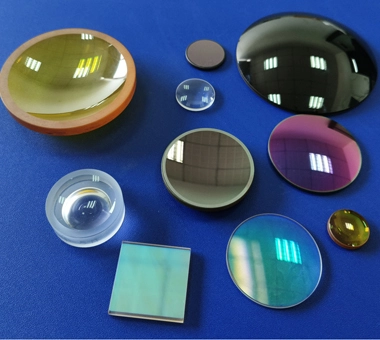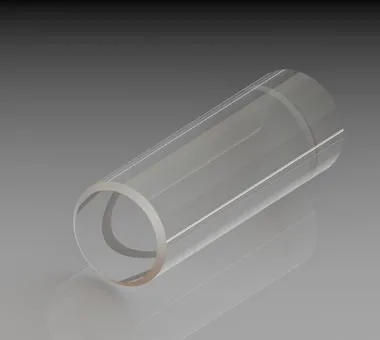
Call Us
86-755-82924037
Call Us
86-755-82924037
In the rapidly advancing automotive industry, innovative technologies continue to elevate vehicle performance, safety, and the overall driving experience. One of the vital technological advancements that has taken center stage in the evolution of modern automobiles is the integration of optical lens applications. These applications have become indispensable in enhancing visibility, safety, and functionality, offering a transformative approach to how we interact with vehicles. This article delves into the dynamic world of optical lens applications in automobiles and explores how they are reshaping the future of driving.
One of the most critical applications of optical lenses in automobiles is in the development of advanced driver-assistance systems (ADAS). These systems utilize cameras equipped with high-precision lenses to provide a clearer and broader view of the vehicle's surroundings. For instance, rearview and surround-view cameras assist drivers in navigating tight parking spots and monitoring blind spots, significantly reducing the risk of collisions. Furthermore, night vision systems use infrared aspheric lenses to detect pedestrians, animals, or obstacles beyond the reach of traditional headlights, thus enabling drivers to react promptly and avoid potential accidents.
Augmented reality dashboards represent a groundbreaking application of optical lenses in automobiles, offering a futuristic approach to vehicle control and navigation. By projecting critical information, such as speed, navigation directions, and traffic alerts onto the windshield, AR dashboards allow drivers to stay informed without diverting their attention from the road. This is achieved through a complex system of projectors and holographic optical elements that ensure the displayed information is sharp, clear, and precisely positioned. As a result, AR dashboards not only improve driving safety but also enhance the overall driving experience by integrating digital information seamlessly into the physical driving environment.
Autonomous vehicles are at the forefront of revolutionizing the automotive industry, and germanium lens for thermal camera play a pivotal role in this transformation. Lidar (Light Detection and Ranging) sensors, which rely on optical lenses to emit and collect light, are crucial for creating high-resolution 3D maps of the vehicle's surroundings. These maps enable self-driving cars to navigate complex environments, detect obstacles, and make informed decisions in real time. The precision and reliability of optical lenses in Lidar sensors are paramount, as they directly impact the safety and efficiency of autonomous driving systems.
The integration of optical lens applications in automobiles has significantly contributed to the evolution of the automotive industry. From enhancing driver visibility and safety with advanced driver-assistance systems to paving the way for autonomous driving with Lidar sensors, optical lenses are at the heart of the most innovative automotive technologies. As the industry continues to progress, we can expect to see even more groundbreaking applications of optical lenses that will further enhance the safety, functionality, and driving experience of future vehicles. The ongoing research and development in optical technologies promise a future where automobiles are not only vehicles of transportation but also platforms of unparalleled technological integration and innovation.


Bldg. A Baolong Industrial Zone #491 Dalang South Rd. Longhua District Shenzhen China
Copyright © Shenzhen Solar Valley Scitech Development Co., Ltd. All Rights Reserved.
